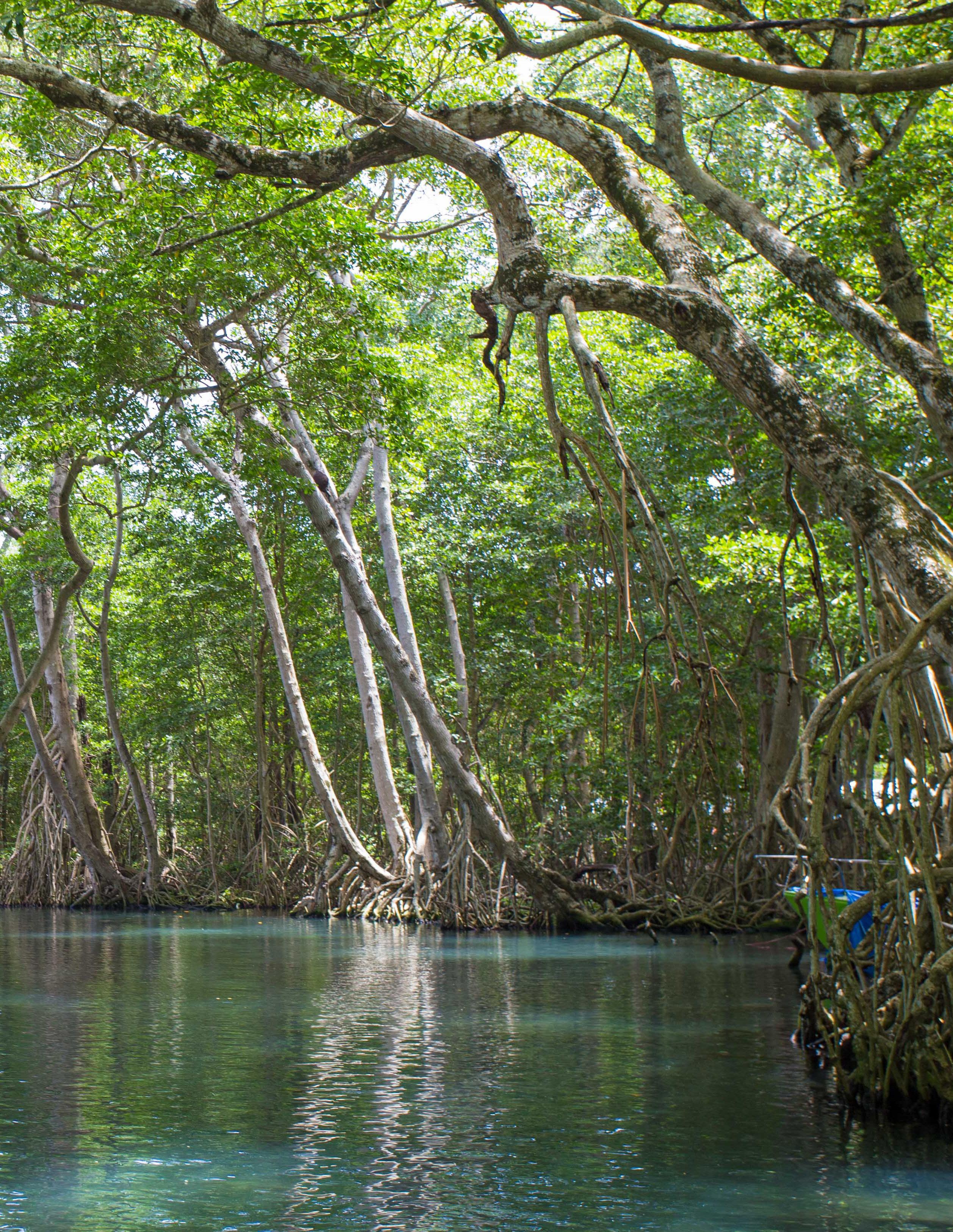
3 minute read
Environmental Program
ENVIRONMENTAL PROGRAM

EMPOWERING GIRLS TO PROTECT OUR OCEANS WITH 11TH HOUR RACING

11th Hour Racing works with the sailing community and maritime industries to advance solutions and practices that protect and restore the health of our ocean. 11th Hour Racing has been investing in the Mariposa girls for several years, providing support in helping them become our community’s ocean stewards, sponsoring watersports programs and encouraging the next generation of marine scientists. 2021 was challenging for everyone and this year, 11th hour went above and beyond to provide additional operating support to help Mariposa best meet the needs of our girls.
Environmental advocacy is especially important to us as girls and women are disproportionately affected by climate change all over the world. Empowering girls to advocate for their local environment affects systemic change, because they have the unique power to influence their families and communities with small day-to-day actions and share important, scientific information that can help spread more sustainable practices and biocentric viewpoints.
For girls to lead the charge in ocean advocacy, healthy bodies and minds come first. We are grateful to 11th Hour Racing for their continued investment and faith in the girls of Cabarete.
BUILDING CONNECTIONS TO PROTECT THE MANGROVES
WHAT ARE MANGROVES AND WHY DO THEY MATTER?

Mangroves are small, shrubby trees that grow in a tangle of roots along the coastlines of the Dominican Republic. They are critical to the ecosystem in providing refuge for birds and serving as a key buffer against storm surges and rising sea levels. Unfortunately, the country has lost more than a third of its mangroves in just the past 50 years. With 70% of the country’s population at severe risk for environmental disasters, mangrove protection is one of the most critical ways to combat climate change.
In addition to providing generous financial support, 11th Hour Racing seeks to bring like-minded organizations together to connect on common ground and share how we can further build momentum and enthusiasm around environmental stewardship. This year, they helped facilitate a collaboration with Fundación Ecológica Maguá (a Seacology project), a local organization working in regenerative practices to plant mangroves and coral reef restoration. The Mariposa girls learned all about mangroves, how they help protect the island and best practices for replanting endemic plants in our region.


BUILDING WITH
ECO-BRICKS

Single-use plastics are an environmental threat everywhere, but especially in coastal communities where there is a high risk of that trash ending up in the ocean. Nearly ten years ago, Mariposa began developing “eco-bricks”, which are plastic bottles stuffed with compacted soft plastic trash to form solid “bricks” that can be used to build many simple, highly functional structures. Through several feasibility studies, we built benches at all of the local public schools in town and a small pavilion at The Mariposa Center for Girls with the completed bottles made entirely from repurposed trash!

WORKING WITH THE OCEAN CONSERVANCY & INTERCOASTAL CLEANUP TO KEEP PLASTIC WASTE OUT OF THE SEA.
The pandemic has exacerbated the problem with the consumption of single-use plastics skyrocketing and the trash started to really pile up, posing a huge threat to the environment. As a first line of defense, the Mariposa environmental group took action and called on the community to make “eco-bricks” compensating them 20 pesos for each brick.
The enthusiasm and support for this project has been unbelievable and through a generous donation from The Ocean Conservancy and the Intercoastal Cleanup, Mariposa has been able to grow this innovative program by conducting more feasibility studies in building sound structures, hosting community training workshops and providing income to people making, and building with, the “bricks”.
IN 2021 WE WORKED TOGETHER TO PREVENT MORE THAN 2,000 POUNDS OF PLASTIC WASTE FROM ENDING UP IN THE SEA.






